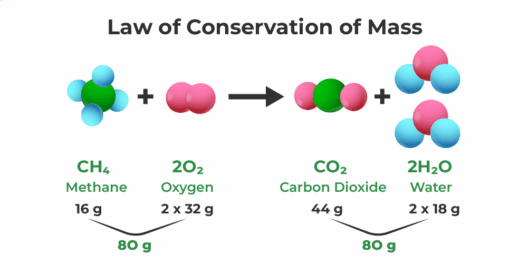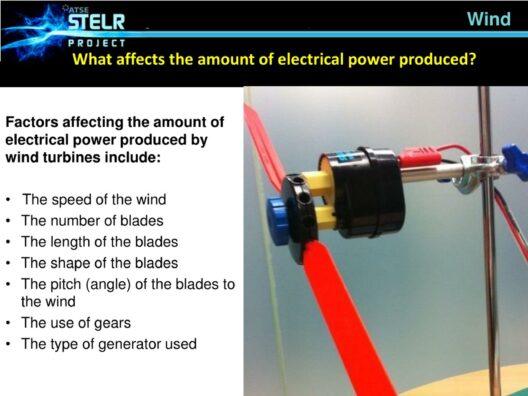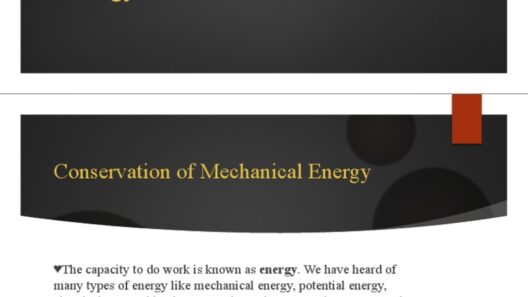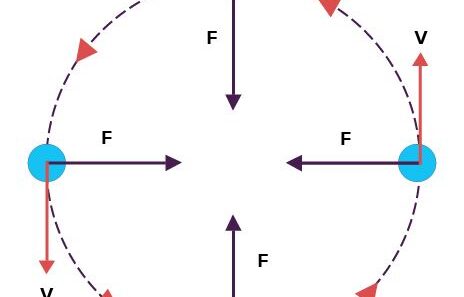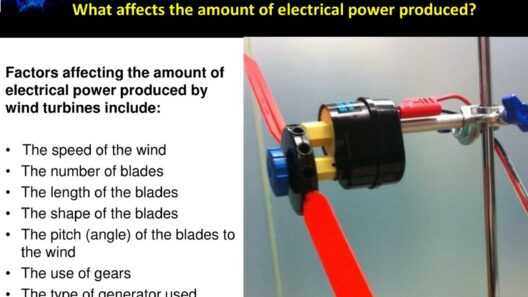In the world of physics, the simple pendulum presents an intriguing case study of energy transformation and conservation. Picture a pendulum swinging gracefully, its motion drawing our eyes as it rhythmically transitions through two states: potential energy at its zenith and kinetic energy at its nadir. Have you ever wondered how energy is conserved in such a mesmerizing motion? This question invites us to explore the interplay between gravitational forces and motion in a manner that not only illustrates fundamental physical principles but also emphasizes the elegance of nature’s design.
The concept of energy conservation in a simple pendulum is a manifestation of the law of conservation of energy, which posits that energy cannot be created or destroyed but can only change forms. This principle is fundamentally rooted in every oscillating system, where energy alternates between kinetic and potential forms. At its peak, where the pendulum momentarily halts, all the kinetic energy is converted into potential energy, maximized by the height achieved. Conversely, as it descends, this potential energy is transformed back into kinetic energy, reaching its peak again at the lowest point of the swing. This cyclical dance of energy stands as a testament to the natural world’s inherent efficiency.
To comprehend energy conservation in a pendulum, one must first grasp the definitions of kinetic and potential energy. Kinetic energy is the energy of motion, calculated using the equation KE = 1/2 mv², where m is mass and v is velocity. As the pendulum swings downward, its speed increases, thus augmenting its kinetic energy. On the other hand, potential energy, especially gravitational potential energy, is given by PE = mgh, with h representing the height above a reference point. When the pendulum ascends, it converts its kinetic energy into potential energy, peaking at the top of its arc.
Consider the motion of a simple pendulum: it is not merely a display of swinging; it’s a constant exchange of energies. At the highest points in its arc, the pendulum possesses maximum potential energy and zero kinetic energy. Imagine the thrill of watching a pendulum reach its apex, the moment suspended in time before gravity pulls it back down. As the pendulum begins to descend, potential energy diminishes while kinetic energy burgeons, reaching its zenith at the bottom of the swing, where the velocity is at its maximum.
Once we delve into the mathematics of motion, we can elaborate on how energy varies throughout one complete oscillation. At the highest point, let’s denote the maximum height as h. At this point, the potential energy of the pendulum can be expressed as PE = mgh, and kinetic energy as KE = 0. When the pendulum reaches the lowest point of the swing, its height is zero; thus, PE = 0 and KE = 1/2 mv² is maximized. If we analyze the energies at these two states, we find that the total mechanical energy (E) remains constant: E = PE + KE = mgh + 0 at the peak, and E = 0 + 1/2 mv² at the lowest point. This consummate balance elucidates how the energies converse without loss.
However, this sound reasoning brings forth an exciting challenge: imagining an ideal system without external forces. In reality, factors such as air resistance and friction at the pivot introduce energy dissipation, causing the pendulum to lose some mechanical energy over time. This phenomenon invites a more nuanced exploration into real-world systems. Each swing is slightly less exuberant than the last, a reflection of dissipative forces that degrade the system’s total mechanical energy. This is where the concepts of damping come into play, often leading to the intriguing study of how systems return to equilibrium.
The conservation of energy principle in a pendulum is also emblematic of broader environmental themes. Just as the pendulum resides in a delicate balance of energies, so too does our planet balance the energy it receives from the sun with the energy it dissipates back into space. Disruptions in this balance, whether through increased greenhouse gas emissions or habitat destruction, detrimentally impact the entire ecosystem. Energy conservation practices, akin to the efficient motion of a pendulum, advocate for minimal waste and maximal utility of available resources.
Strategizing for optimal energy management, we can draw parallels to the pendulum’s oscillation. Systems, whether mechanical or environmental, thrive on efficiency. By adopting renewable energy sources and reducing reliance on fossil fuels, society can emulate the pendulum’s elegant balance, swinging towards sustainability rather than chaos. Just as the pendulum returns to its rest state, humanity must strive for a stable, sustainable equilibrium in its energy consumption patterns.
In summary, the simple pendulum vividly illustrates the principles of energy conservation through its alternating dance of potential and kinetic energy. The interplay of these two forms reflects a profound natural efficiency, a property that resonates beyond the confines of physics into the realm of environmental stewardship. As we endeavor to understand these dynamics, we uncover the necessity for sustainable practices that respect the delicate balance of energy in our world. The swinging pendulum stands not merely as a scientific instrument but as a metaphor for the cyclical, interconnected nature of life itself.



